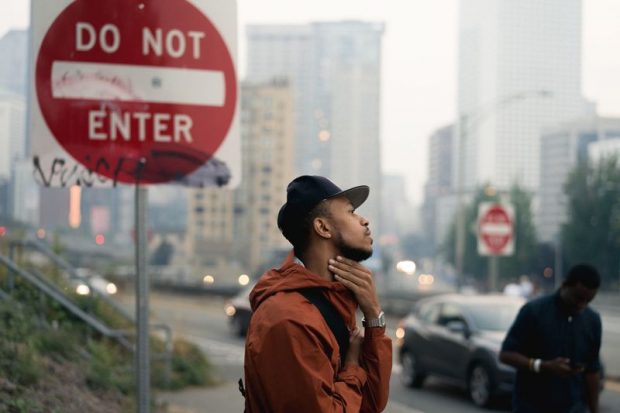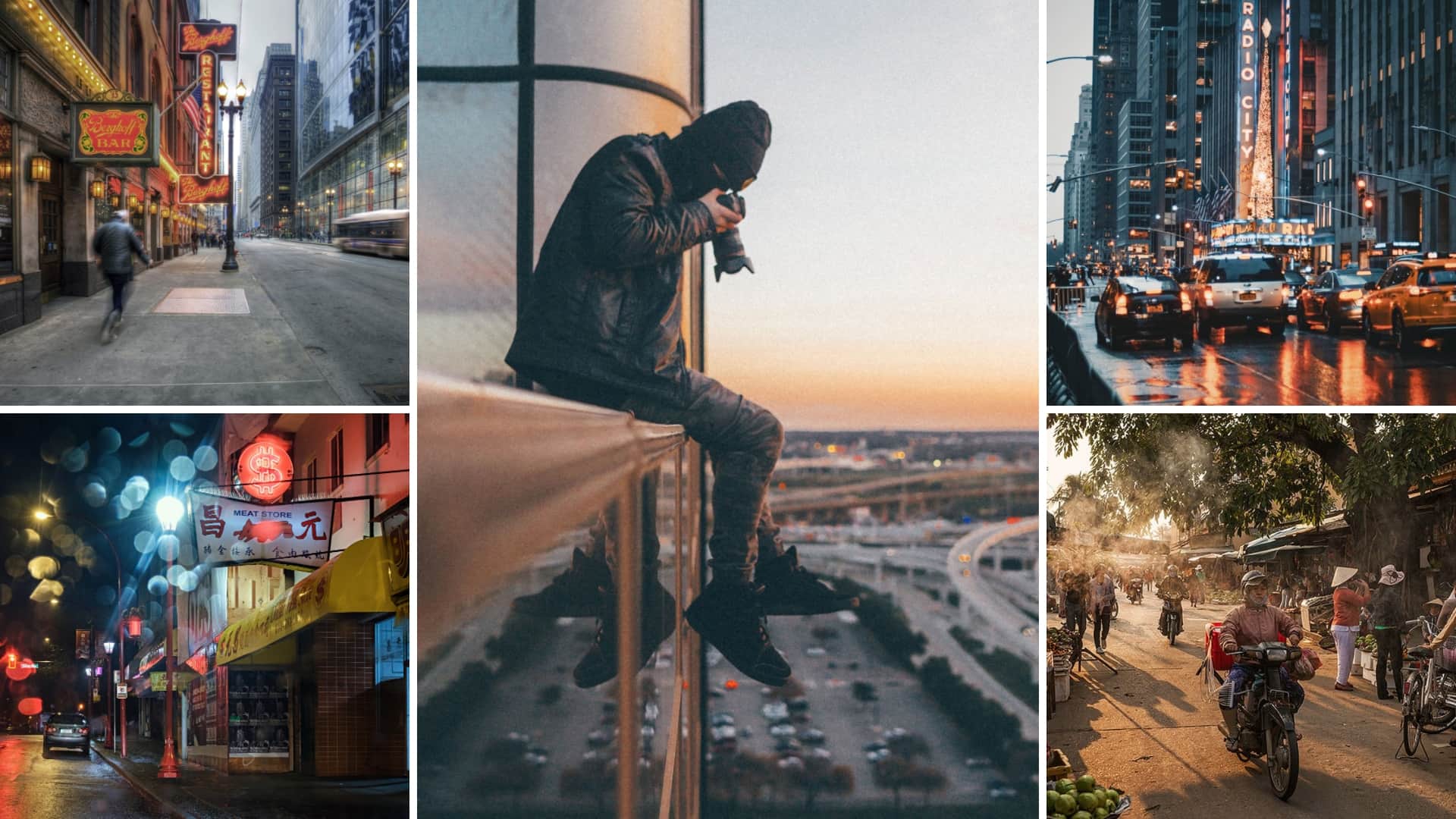What Does Framing Streets Do?
What Does Framing Streets Do?
Blog Article
The smart Trick of Framing Streets That Nobody is Talking About
Table of ContentsThe Buzz on Framing StreetsFraming Streets - An OverviewNot known Factual Statements About Framing Streets Framing Streets Things To Know Before You BuyFraming Streets Fundamentals ExplainedThe Basic Principles Of Framing Streets
Photography style "Crufts Canine Show 1968" by Tony Ray-Jones Road photography (also in some cases called candid digital photography) is photography performed for art or questions that features unmediated opportunity experiences and random events within public places, normally with the aim of capturing pictures at a definitive or poignant minute by careful framing and timing. 
About Framing Streets
Susan Sontag, 1977 Street photography can concentrate on people and their habits in public. In this regard, the street photographer is comparable to social documentary photographers or photographers who additionally operate in public locations, however with the aim of capturing newsworthy events. Any of these professional photographers' images may capture individuals and residential or commercial property visible within or from public locations, which often involves browsing honest concerns and regulations of privacy, security, and property.
Representations of daily public life form a category in practically every duration of world art, beginning in the pre-historic, Sumerian, Egyptian and early Buddhist art periods. Art managing the life of the street, whether within views of cityscapes, or as the dominant concept, appears in the West in the canon of the North Renaissance, Baroque, Rococo, of Romanticism, Realism, Impressionism and Post-Impressionism.
5 Simple Techniques For Framing Streets
Louis Daguerre: "Blvd du Holy place" (1838 or 1839) In 1838 or 1839 the initial picture of figures in the road was taped by Louis-Jacques-Mand Daguerre in one of a pair of daguerreotype views drawn from his workshop window of the Boulevard du Holy place in Paris. The second, made at the elevation of the day, shows an uninhabited stretch of street, while the other was taken at about 8:00 am, and as Beaumont Newhall reports, "The Boulevard, so constantly full of a relocating crowd of pedestrians and carriages was flawlessly solitary, except a person who was having his boots combed.
His boots and legs were well defined, however he is without body or head, since these were in motion." Charles Ngre, waterseller Charles Ngre. https://www.huntingnet.com/forum/members/framingstreets1.html was the very first digital photographer to attain the technological elegance called for to sign up people in motion on the street in Paris in 1851. Photographer John Thomson, a Scotsman dealing with journalist and social protestor Adolphe Smith, released Road Life in London in twelve month-to-month installations beginning in February 1877
Excitement About Framing Streets
Eugene Atget is considered as a progenitor, not due to the fact that he was the first of his kind, yet as an outcome of the popularisation in the late 1920s of his document of Parisian roads by Berenice Abbott, that was influenced to undertake a comparable documentation of New york city City. [] As the city developed, Atget aided to advertise Parisian streets as a worthwhile subject for digital photography.

The Greatest Guide To Framing Streets
The chief Mass-Observationists were anthropologist Tom Harrisson in Bolton and poet Charles Madge in London, and their initial record was created as guide "May the Twelfth: Mass-Observation Day-Surveys 1937 by over 2 hundred observers" [] Window cleaner at Kottbusser Tor, Berlin, by Elsa Thiemann c. 1946 The post-war French Humanist School digital photographers located their subjects on the road or in the restaurant. Between 1946 and 1957 Le Groupe des XV yearly showed job of this kind. Andre Kertesz. Circus, Budapest, 19 Get More Info May 1920 Street photography formed the major web content of 2 events at the Museum of Modern Art (Mo, MA) in New york city curated by Edward Steichen, 5 French Digital Photographers: Brassai; Cartier-Bresson, Doisneau, Ronis, Izis in 1951 to 1952, and Post-war European Photography in 1953, which exported the idea of street photography globally.

The Buzz on Framing Streets
, then a teacher of young youngsters, linked with Evans in 193839.'s 1958 book,, was substantial; raw and usually out of focus, Frank's images examined traditional digital photography of the time, "tested all the formal policies laid down by Henri Cartier-Bresson and Walker Evans" and "flew in the face of the wholesome pictorialism and genuine photojournalism of American publications like LIFE and Time".
Report this page